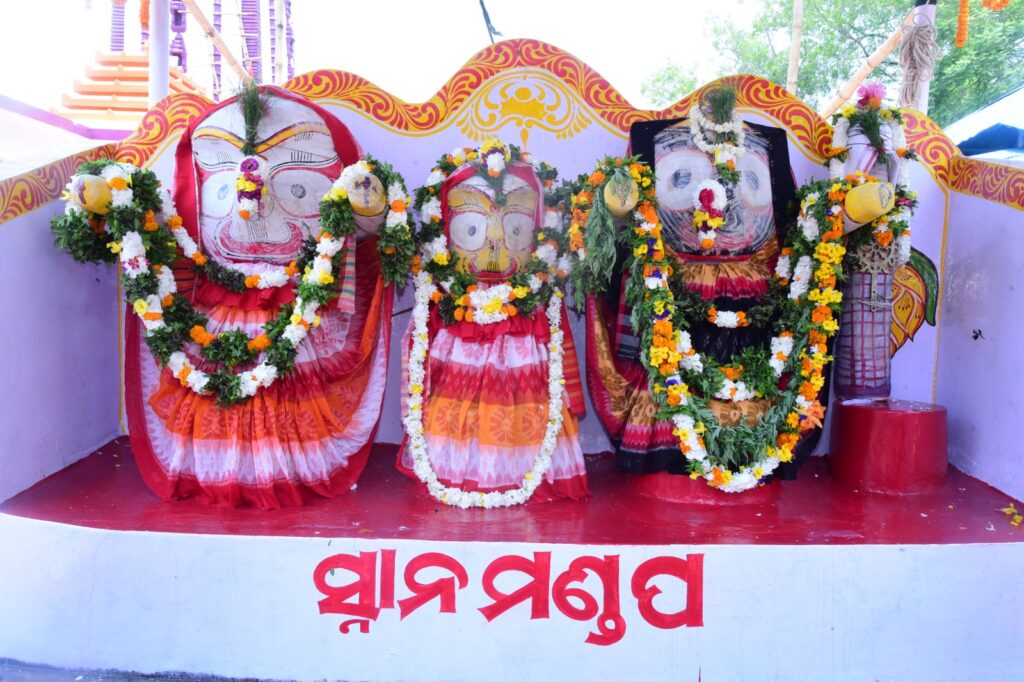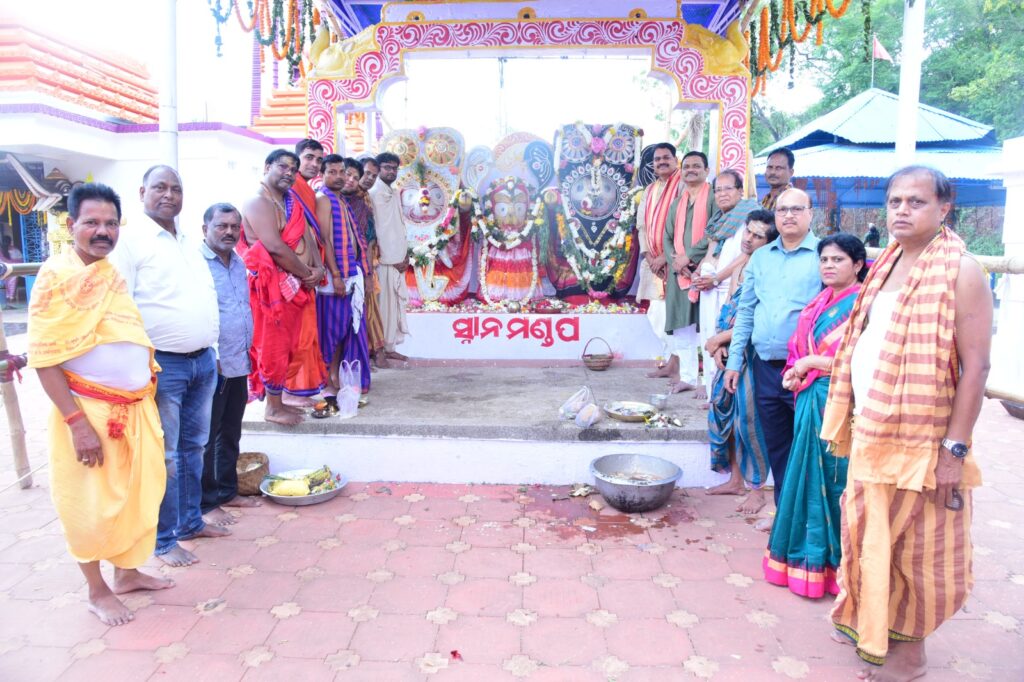
The rich tapestry of Hindu festivals offers a myriad of experiences, each unique in its rituals, legends, and significance. Among these, the Snana Yatra stands out, not just for its grandeur but also for the profound spiritual beliefs associated with it. Let’s embark on a journey to understand this festival in greater depth.
Origins and Significance
The Snana Yatra, also known as Snana Purnima, is a revered Hindu festival celebrated in the coastal town of Puri, Odisha. Translating to ‘Bathing Festival’, it marks the auspicious birthday of Lord Jagannath, a form of Lord Vishnu. The festival is observed on the full moon day of the Jyestha month, as per the Hindu calendar.
The Grand Procession
The festival’s primary highlight is the ceremonial procession of the deities. On this special day, the temple’s primary deities, including Lord Jagannath, Balabhadra, Subhadra, Sudarshana, and Madanmohana, are majestically paraded from the sanctum sanctorum of the Jagannath Temple to the Snana Bedi, a designated bathing platform. This procession is a visual treat, with the deities adorned in grand attire, accompanied by the rhythmic beats of traditional instruments and chants of devotees.
The Ceremonial Bathing
Upon reaching the Snana Bedi, the deities undergo a grand ceremonial bathing ritual. They are bathed with 108 pots of ritually purified water drawn from the temple’s northern well. This act is accompanied by religious incantations, creating an atmosphere of deep reverence and devotion.
The Gajanan Besha

In the evening, post the bathing ceremony, the deities are dressed in special elephant attire, symbolizing the revered God Ganesh. This unique form of the deity is known as ‘Gajavesha’. The sight of Lord Jagannath and Balabhadra adorned as elephants is a rare and cherished view for devotees.
The Anasara Period
Following the Snana Yatra, an intriguing tradition unfolds. It’s believed that after their grand bath, the deities fall ill. They are then moved to a special chamber, away from public view, to recuperate. This period of seclusion is known as Anasara. The temple’s chief physician, the Raj Vaidya, administers Ayurvedic treatments to nurse the deities back to health. During this period, devotees are presented with three pata chitra paintings as a symbolic representation of the deities.
The Pilgrimage to Alarnatha Mandira
While the deities are in seclusion, the devout believe that Lord Jagannath manifests as Alarnatha. As a result, many make a pilgrimage to the Alarnatha Mandira in Bramhagiri, seeking blessings and expressing their unwavering devotion.
In Conclusion
The Snana Yatra is not just a festival; it’s an experience, a testament to the deep-rooted faith and devotion of millions. It’s a blend of grand rituals, profound beliefs, and the undying love of devotees for their beloved deity, Lord Jagannath. If you ever get a chance, witnessing this festival firsthand in Puri is an experience that will remain etched in your heart forever.

Leave a Reply